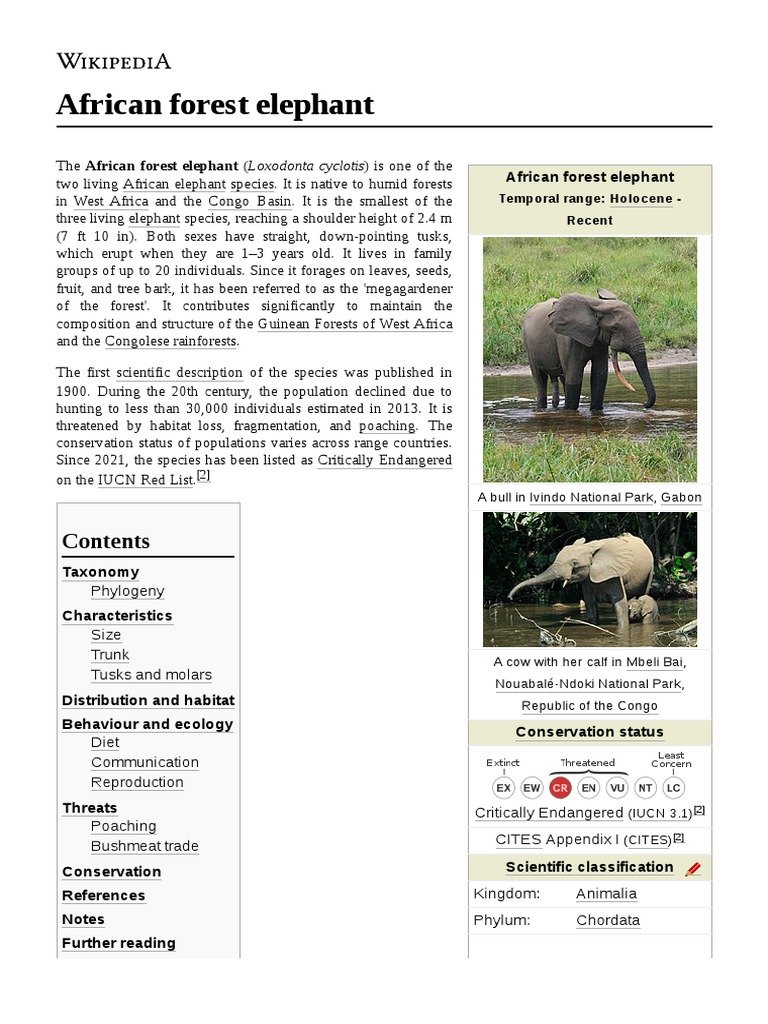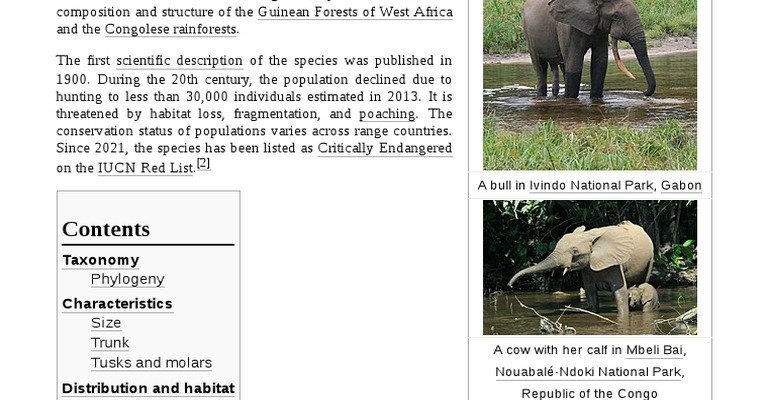
In many ways, the African Forest Elephant is like a hidden gem in the world of folklore. Just as each person has a unique story, these elephants have inspired tales, myths, and cultural practices that reflect the values and beliefs of communities across Africa. So, let’s dive into how these magnificent creatures are represented in folklore and culture—it’s a journey through stories that connect nature, community, and imagination.
The Role of Elephants in African Mythology
Elephants have always been deeply woven into the fabric of African mythology. In many cultures, they symbolize strength, wisdom, and nurturing qualities. For instance, in some West African traditions, elephants are seen as guardians of the forest. These stories often portray them as wise beings that guide lost souls or protect their communities from harm.
In the folklore of the Akan people of Ghana, the elephant is associated with the god of fertility and is believed to bring good luck and abundance. You might find stories where the elephant grants people wishes or helps them overcome obstacles. Here’s the thing: when you listen to these tales, it’s clear that elephants embody the aspirations and hopes of the people.
Moreover, many communities see elephants as ancestral spirits. They believe that their loved ones watch over them through these majestic creatures. This connection to ancestry highlights the importance of elephants in cultural identity.
Popular Tales and Legends
Let’s take a closer look at a few tales that highlight the African Forest Elephant’s cultural significance. One favorite story from the Bantu peoples revolves around a clever forest elephant outsmarting a hunter. In this tale, the elephant uses its intelligence to evade traps, demonstrating not just strength, but also wisdom. The moral often lies in valuing intelligence over brute force.
Another compelling story comes from the Mende people of Sierra Leone. In their folklore, the elephant’s ability to communicate with the spirits of the forest teaches humans to respect nature. This emphasizes the delicate balance between humans and wildlife, showcasing the elephant as a bridge between two worlds. It’s narratives like these that remind us of the harmony we should strive for.
Elephants in Rituals and Traditions
The presence of African Forest Elephants goes beyond stories—they play vital roles in rituals and ceremonies across different cultures. Elephants are often featured in rites of passage, particularly for young men and women transitioning into adulthood. During these ceremonies, the elephant symbolizes strength and resilience.
For example, in certain tribes, the elephant’s image is carved into totems or masks used in dances. These performances often celebrate community unity and the importance of nature. The elephant, in this context, becomes a living symbol of cultural values that are passed down through generations.
Additionally, elephant motifs might appear in traditional fabrics and art. The visuals often depict elephants in their natural habitat, connecting the community with their environment. This use of art not only preserves the stories but also educates younger generations about the importance of elephants.
Conservation and Cultural Identity
In recent years, as threats to elephant populations have increased due to poaching and habitat loss, many cultures have found new ways to advocate for their conservation. The African Forest Elephant has become a symbol of resilience for many communities; their survival is tied to the identity and heritage of local people.
Organizations and local leaders are now using folklore and cultural narratives to promote wildlife conservation. Workshops and storytelling events often feature tales of elephants, aiming to teach younger generations about their significance. You might wonder how these stories impact conservation efforts. Well, when people connect emotionally to elephants through folklore, they’re more likely to engage in protecting them.
Local artisans also create crafts that celebrate elephants, raising awareness and funds for conservation projects. By blending art with storytelling, communities are fostering a culture that values and protects their natural heritage.
Modern Representations in Media and Literature
In addition to traditional folklore, the African Forest Elephant has found a place in modern media and literature. Films, documentaries, and books have started to showcase these elephants more prominently. This helps raise awareness not just about the animals but also about the cultures that cherish them.
For instance, documentaries that explore the lives of forest elephants often include interviews with local people, telling their stories and how elephants integrate into their lives. These representations help bridge the gap between cultures and create a dialogue about conservation.
Children’s literature has also embraced the African Forest Elephant in engaging ways. Stories that highlight their adventures captivate young minds while imparting essential lessons about empathy, respect for nature, and the importance of preserving our planet’s biodiversity.
The Impact of Global Awareness
As global awareness of conservation issues grows, the stories of the African Forest Elephant are being heard beyond Africa. These narratives have inspired international campaigns focused on animal protection and environmental sustainability.
Social media plays a vital role in sharing these stories, connecting people worldwide to the plight of elephants. Viral posts often feature powerful imagery and poignant messages about the need to protect these gentle giants, reminding us that every effort counts.
Moreover, collaborations between local communities and global organizations can lead to successful conservation strategies. By valuing indigenous knowledge and integrating cultural stories into conservation efforts, we can create a more holistic approach to protecting these elephants.
The cultural representation of the African Forest Elephant is a rich tapestry woven from stories, traditions, and modern advocacy. These elephants symbolize far more than their physical presence; they embody the values and hopes of many communities.
Through mythology, rituals, and contemporary media, the African Forest Elephant continues to inspire deeper connections to nature. As we celebrate these magnificent creatures, we also embrace our responsibility to protect them.
Ultimately, the legacy of the African Forest Elephant is tied to the stories we tell and the actions we take. By fostering a deep appreciation for these animals and the cultures that honor them, we can inspire future generations to protect not just elephants but the vibrant ecosystems they represent.

